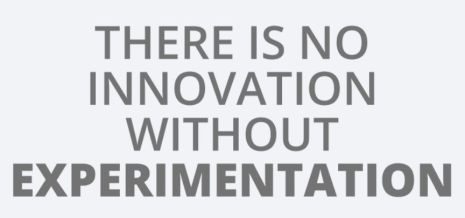 Understanding any health issue is complicated enough, in how a doctor works through the alternatives as a “pattern recognition” when someone sick seeks help. The diagnostic process is a complex transition process that begins with the patient’s personal illness history to achieve a result that can be categorized so solutions can then be applied.
Understanding any health issue is complicated enough, in how a doctor works through the alternatives as a “pattern recognition” when someone sick seeks help. The diagnostic process is a complex transition process that begins with the patient’s personal illness history to achieve a result that can be categorized so solutions can then be applied.
A patient consulting the doctor about his symptoms starts an intricate process that may label him, classify his illness, indicate certain specific treatments in preference to others, and put him in a prognostic category.
The outcome of the process is regarded as essential for effective treatment by both patient and doctor(1). It is seen as “the clustering of signs and their development over time is, in narrative theory, defined as the plot, with this plot, eventually becoming the diagnosis.
Taking health systems higher into whole health systems
When you take health systems higher, into a design of a whole health system, the complexity becomes a magnitude of order to sort out that is way up there, in a different league. We struggle to find ways to capture whole health systems, perhaps until now.
There are so many gaps in our health system, to the point we are often just plugging parts thinking they are improving the system. Actually, the opposite is often true, we produce a ‘knock-on’ effect that depreciates the system to make it less effective progressively over time or in surprising sudden fashion. This progressive decline comes partly from not understanding the complete Health Ecosystem you are in. We need to think about designing Health Systems in Ecosystem ways.
It is argued our health systems are failing as they do not address the “whole” health ecosystem, as we only tend to treat part of the system. The doctor is looking to cure the immediate issue, applying solutions that are often grouped as generative but in his judgment applicable to your need.
The question we all face there are significant gaps as the system really is one-sided, it is looking for speedy outcomes, and to limit the cost. This is a solution-providers need but is it coving the patient’s side by delivering value in one that offers affective capacity. Affective here refers to the underlying affective experience of feeling, emotion, or mood, both in its physical and mental capacity to influence and produce lasting change but also to provide a better health system focused on outcomes that work for the system providers and the patients’ perspectives delivering value to both.

 I am presently wanting to determine a framework for investigating and facilitating the thinking considerations we need when we consider innovation ecosystems.
I am presently wanting to determine a framework for investigating and facilitating the thinking considerations we need when we consider innovation ecosystems. Why wait?
Why wait?